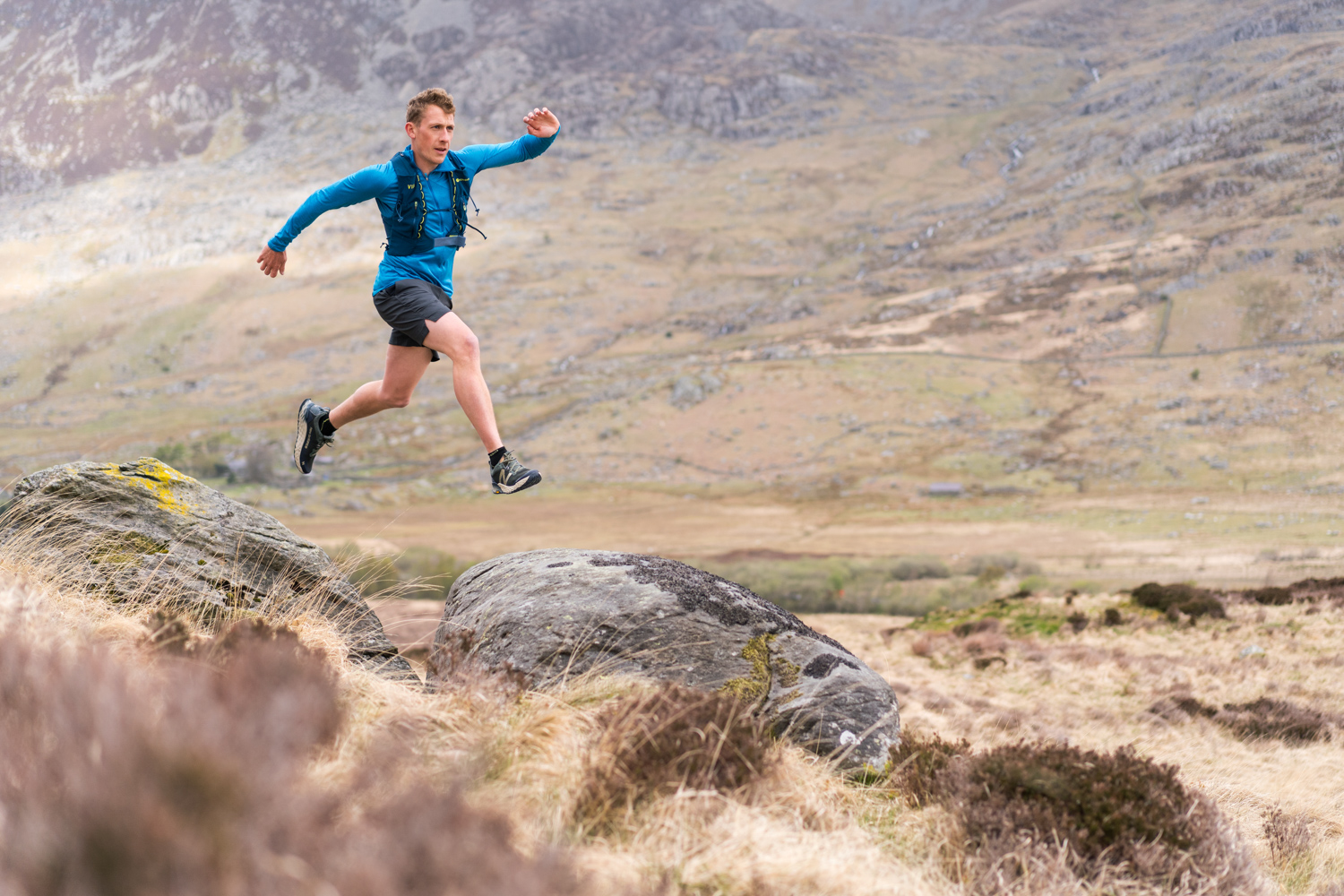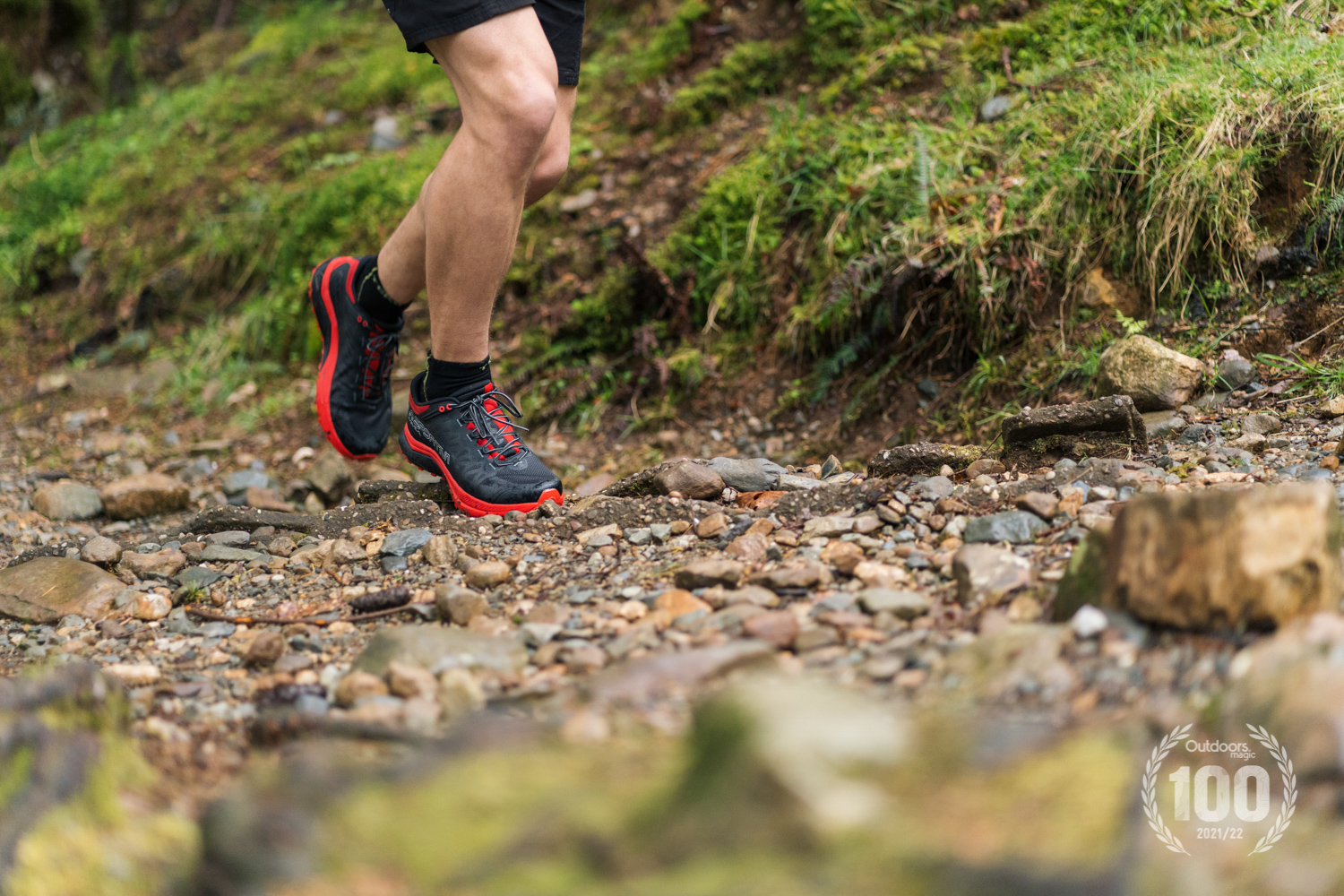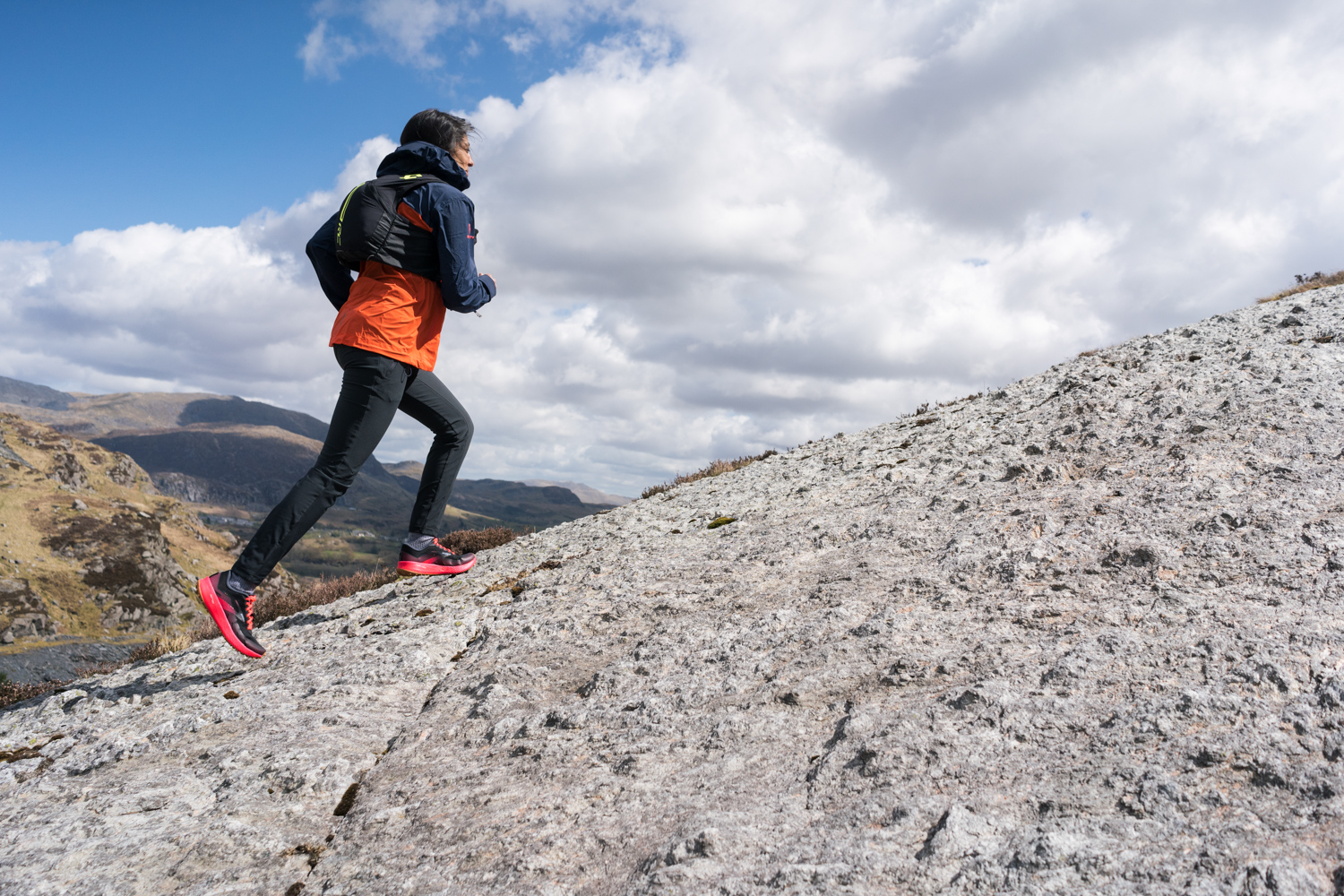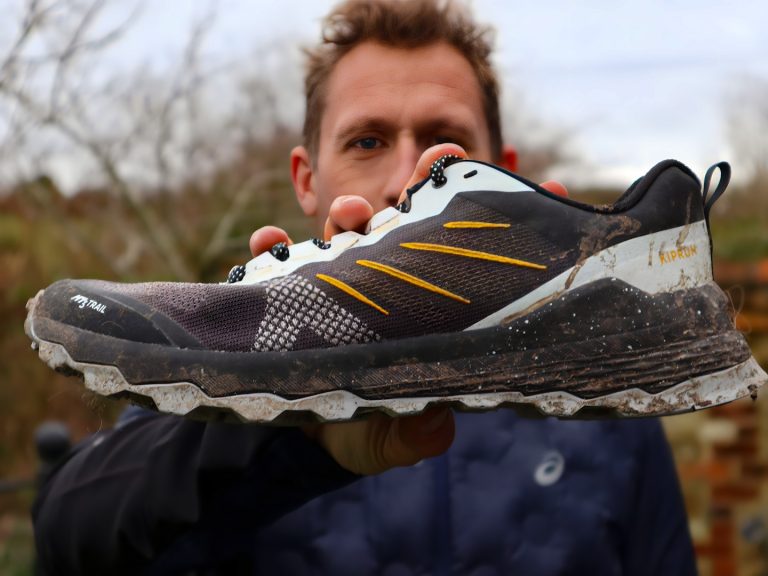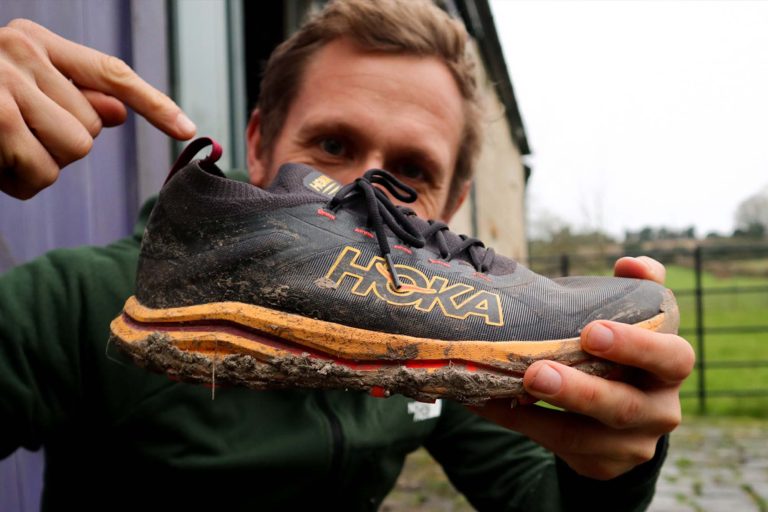Getting off the tarmac and onto the trails brings a range of benefits like improving your cardio engine and boosting your mental health. At the very least it’ll take you to beautiful places that are hard to reach by other means. For many off-road adventures, you don’t need loads of specialist kit or loads of experience either. But it does pay to consider your footwear carefully. Lacing up the right trail running shoes ensures comfort, safety and the confidence to explore further.
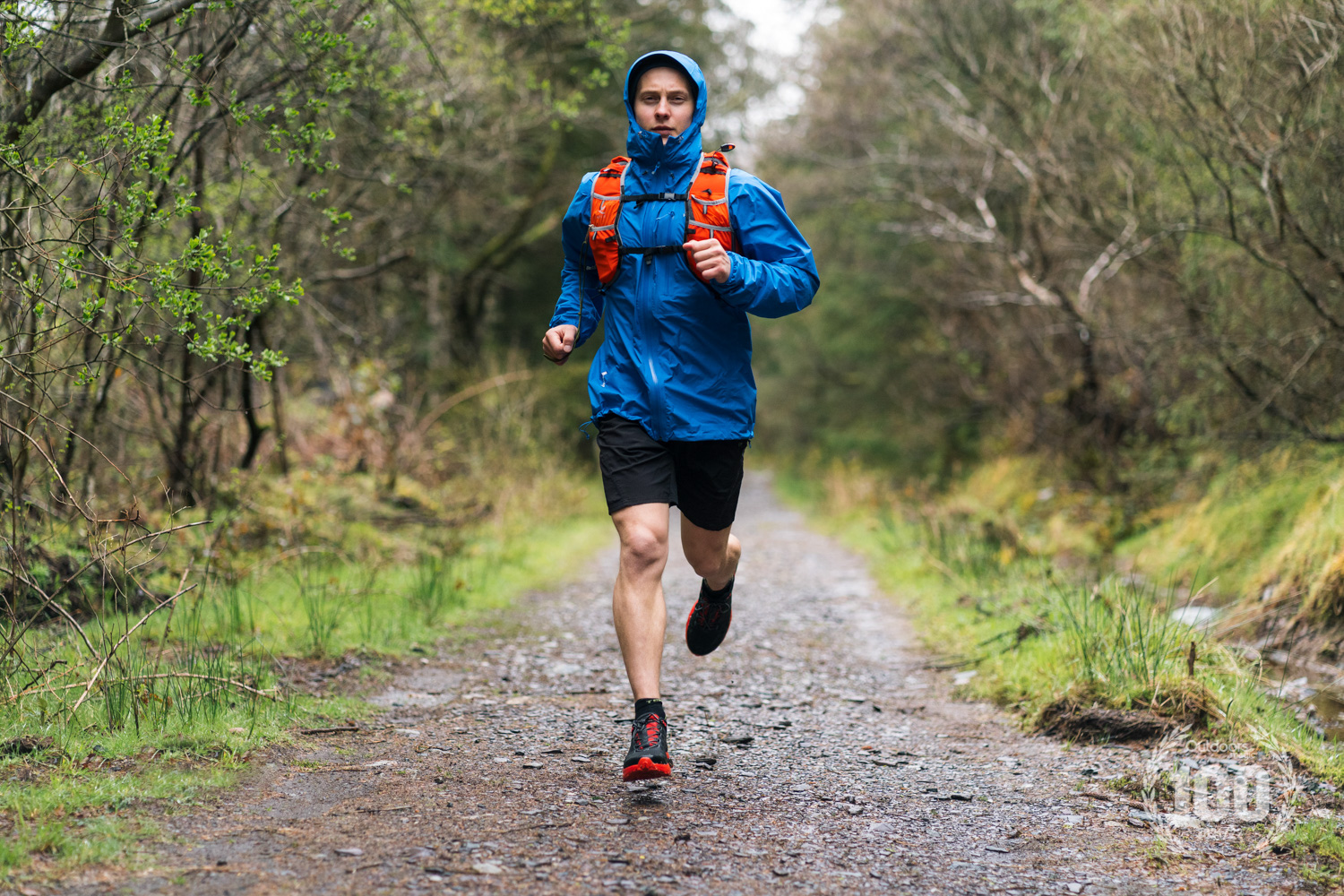
If you’re eyeing up your local trails but don’t know your leg depths from your drops, here’s our whistlestop guide to choosing the right trail shoe for your offbeat exploration.
And if you manage whizz through this – check out our round up of the best trail running shoes on the market right now.
Know Your Enemy
Trail running is a big umbrella term we use to cover almost everything we encounter when we head off road. It includes a huge range of different terrain. From the groomed, compacted mud and gravel paths you might find in a forest, park or alongside a river, to mud-slick fields, coastal paths, rocky mountain descents, moorland fells, and even shingle and sand. Knowing what you’ll encounter will influence your trail shoe choice. Make sure you’ve researched what lies underfoot ahead and think about how conditions might change with varied weather. Will that descent turn into a mud slide in the rain? Will sloppy paths become rutted in the baking sun? This will dictate what kind of tread and cushioning you might choose.
Get A Grip
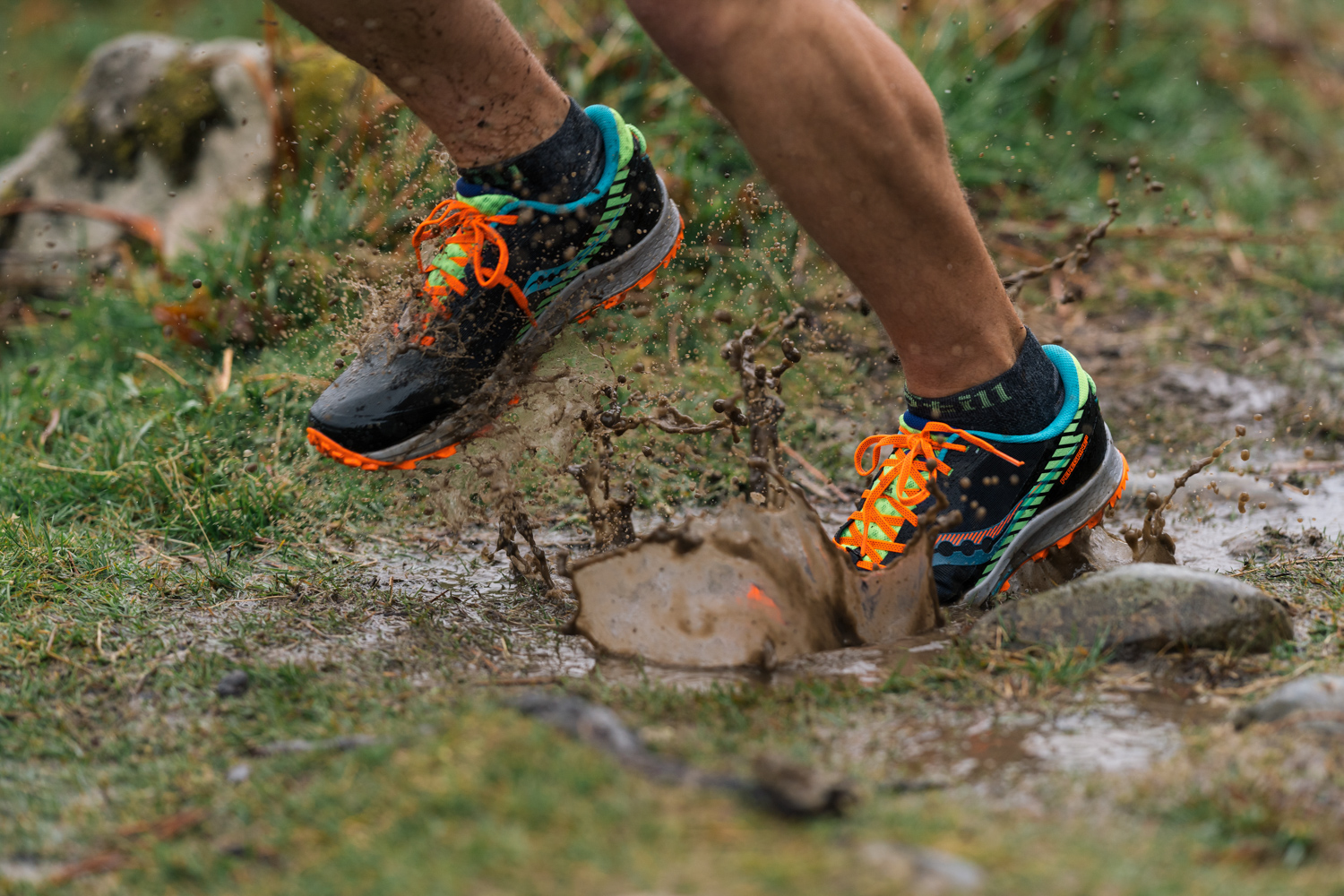
While road running shoes put a lot of emphasis on the midsole, when it comes to trail shoes, the outsole is arguably more important. This rubber studded layer provides the reliable grip, durability and longevity you need. As a rule, the deeper the lugs, the more aggressive the grip. Big lugs (5mm-7mm) are better for battling deep mud (see above picture), shallower lugs (2mm-4mm) cope better on firmer ground. But brands also place these studs in patterns designed to deliver more or less grip, for example on slippier, stoney terrain. The lug patterns can also create channels to help water to flow away. Great if you know you’re running in wet conditions. Many trail races take in mixed terrain with lots of firmer ground where shorter lugs might be more appropriate as the traction from longer lugs can slow you down.

